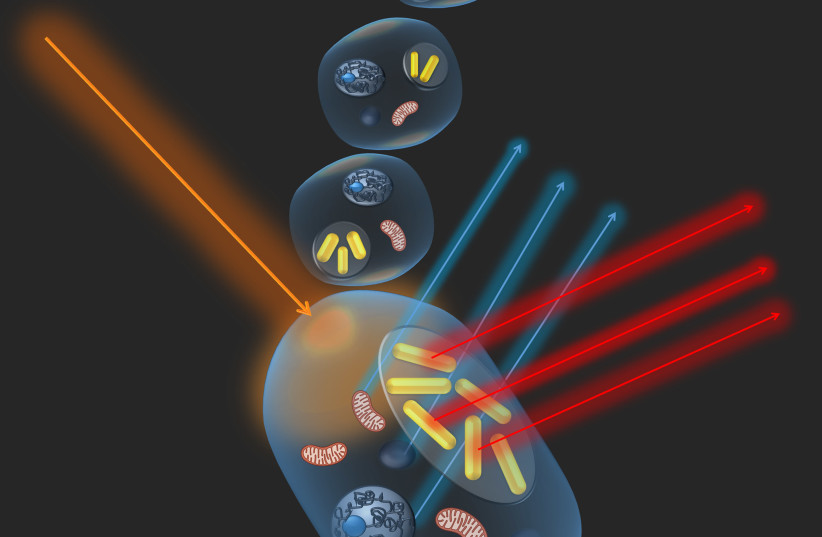It is impossible to assume a person's diabetic status from their outward appearance, according to a recent peer-reviewed study from Oregon State University published on Firday in the Journal of Experimental Medicine.
Type 2 diabetes, formerly known as adult-onset diabetes, is a serious chronic condition that affects the way the body metabolizes glucose. It is frequently associated with obesity. When left untreated, the insulin-resistance characteristic of diabetes will cause sugar to build up in the bloodstream and have life-threatening effects on many major organs.
Scientists Audrey Morgun, associate professor of pharmaceutical sciences at the OSU College of Pharmacy, and Natalia Shulzhenko of OSU and Giorgio Trinchieri of the National Cancer Institute aimed to learn which organs, biological pathways and genes determine the development of type 2 diabetes.
What causes type 2 diabetes?
Results showed that a particular type of gut microbe leads to the creation of white adipose tissue containing large macrophage cells, which are associated with insulin resistance. White adipose tissue is also the main type of fat in the human body.

“Diabetes induced by the western diet is characterized by microbiota-dependent mitochondrial damage,” Morgun said. “Adipose tissue has a predominant role in systemic insulin resistance, and we characterized the gene expression program and the key master regulator of adipose tissue macrophage that [is] associated with insulin resistance."
"We discovered that the Oscillibacter microbe, enriched by a western diet, causes an increase of the insulin-resistant adipose tissue macrophage.”
Prof. Audrey Morgun
The 'western diet'
Shulzhenko, an associate professor in OSU’s Carlson College of Veterinary Medicine, characterized type 2 diabetes as a "global pandemic" caused at least in part by the pervasive "so-called 'western-diet' — high in saturated fats and refined sugars." However, she also explained that "gut bacteria have an important role to play in mediating the effects of diet.”
The scientists employed a number of research techniques including transkingdom analysis — in this case, experimenting on mice. They looked at the intestine, liver, muscle and white adipose tissue in mice. They also collected data from obese human patients, examining the molecular signature (i.e., which genes were being expressed) of their white adipose tissue macrophages.
“Our experiments and analysis predict that a high-fat/high-sugar diet primarily acts in white adipose tissue by driving microbiota-related damage to the energy synthesis process, leading to systemic insulin resistance,” said Morgun.
“Treatments that modify a patient’s microbiota in ways that target insulin resistance in adipose tissue macrophage cells could be a new therapeutic strategy for type 2 diabetes.”“Treatments that modify a patient’s microbiota in ways that target insulin resistance in adipose tissue macrophage cells could be a new therapeutic strategy for type 2 diabetes.”
Prof. Audrey Morgun
There are a wide variety of factors determining who develops type 2 diabetes and who does not. While obesity can be a risk factor, it is ultimately impossible to tell the state of someone's personal physical health by their appearance alone. In particular, their status as a diabetic cannot be gleaned from a glance.
